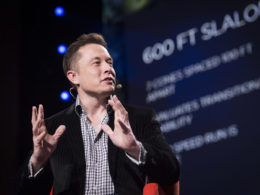Russian President Vladimir Putin views the war in Ukraine as "an existential struggle against the West" and remains steadfast in his commitment to continue military operations at least through 2025, according to the 2025 Annual Threat Assessment by the US Defense Intelligence Agency.
Trump's peace plan, however, aligns with many of Putin’s demands, such as Ukraine relinquishing 22.5% of its territory and foregoing NATO membership, which would leave Ukraine vulnerable to future Russian aggression and betray millions of Ukrainians living under occupation.
The intelligence report reveals that Putin regards the war as fundamental to determining "Russia's place in the world, Putin's hold on power, and his historical legacy."
Despite sustaining massive military losses, Moscow maintains confidence in its ultimate victory and shows no signs of moderating its core demands.
Russia continues war of attrition despite massive losses
The DIA assessment indicates Russia's war of attrition is yielding results on the battlefield.
"In the absence of a negotiated settlement or, alternatively, robust Western aid, the battlefield outlook probably will continue to slowly trend in Russia's favor through 2025," intelligence analysts conclude.
This strategy comes at enormous cost. Russia has experienced more than 700,000 personnel casualties during the war, including over 170,000 fatalities among ground forces alone. The military has lost at least 10,000 ground combat vehicles, more than 3,000 tanks, nearly 250 aircraft and helicopters, and over 10 naval vessels.
Yet Moscow appears willing to sustain these losses. Russian leadership "seems comfortable with the current cost of its slow advances, calculating they can steadily drain Ukraine's resources and will, and outlast the West's support for Ukraine."
Russia only increases defense spending
Russia plans to spend at least $150 billion on defense and security-related expenditures in 2025, representing a 19 percent inflation-adjusted increase from 2024 and constituting approximately 40% of the federal budget.
However, this military focus comes with trade-offs. Russia faces choices between modernizing weapons and resupplying its forces in Ukraine, with the defense industry prioritizing equipment refurbishment over developing new systems. Labor shortages and sanctions are driving up production costs, potentially hampering long-term modernization efforts.
Russia's approach extends beyond conventional warfare. Since January 2024, pro-Russian saboteurs have been linked to various arson, sabotage, and assassination plots against military and civilian targets in Europe as part of efforts to undermine Western support for Ukraine.
The war represents part of Putin's broader objective "to recoup the prestige and global influence that he perceives Russia lost when the Soviet Union collapsed in 1991," the intelligence assessment concludes, suggesting the conflict's implications extend far beyond Ukraine's borders.





